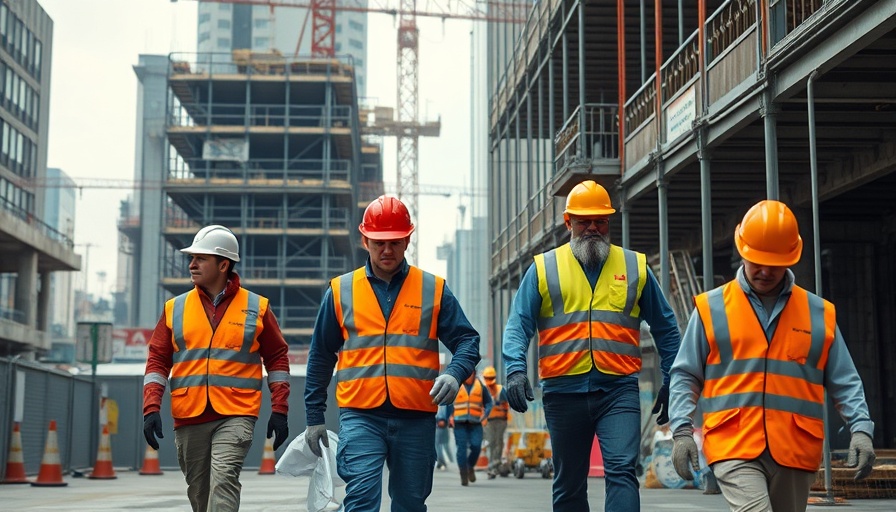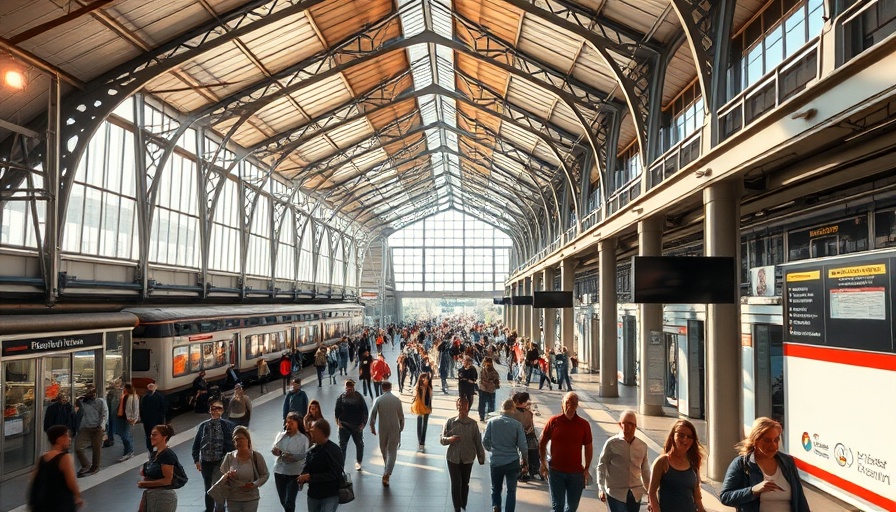
Turner Completes $400 Million Kansas Football Stadium Reconstruction
Turner Construction has made a significant mark in the realm of collegiate sports by celebrating the completion of a massive $400 million reconstruction of the David Booth Kansas Memorial Stadium in Lawrence, Kansas. This project not only reflects the high standards of modern construction management but also serves as a beacon of progress for the University of Kansas. The ambitious overhaul involved partial demolition and a structural rebuild meant to enhance the overall fan experience significantly.
Reinforcing Community Engagement Through Sports
The renovated stadium has been designed to do more than just cater to avid football fans. It includes not only new press boxes and premium suites but also adds vital retail space and modern concessions. This multifaceted approach aligns with the ongoing transformation of the university's Gateway District, which aims to rejuvenate the northern entrance of the campus while fostering a sense of community. The inclusive design caters to a variety of events, which is a strategic move for maximizing the facility’s utility beyond just sporting events.
The Economic Impact of Major Construction Projects
With over 1.6 million work hours logged on this ambitious endeavor, the project has employed numerous local workers, creating a ripple effect in the region's economy. Turner Construction’s long-standing partnership with the university, encompassing 25 projects to date, highlights the importance of strong relationships in the construction sector. The completion of the stadium is expected to draw significant foot traffic, benefiting local businesses and fostering a vibrant economic environment in Lawrence.
Leveraging Technology in Construction Management
In modern construction, the integration of technology is paramount. The streamlined project utilized advanced construction management techniques ensuring efficiency remained a key focus throughout the build. From scheduling to resource allocation, Turner employed innovative solutions to optimize performance. These methodologies not only resulted in cost savings for the university but also positioned it as a prime example of excellence in project management.
Future Trends in Sports Facility Developments
As more colleges and universities invest in sports facilities, the trend is shifting towards creating multipurpose venues. The David Booth Kansas Memorial Stadium stands as a model for future projects, emphasizing sustainability and community integration. This shift opens up discussions on best practices and benchmarks for upcoming sports facility developments across the nation. Experts predict that more institutions will follow suit, prioritizing fan experiences while also considering the local impact of such projects.
The completion of the Kansas football stadium is more than just an upgrade in infrastructure; it’s an investment in community and local economy that other institutions across the nation can learn from. Understanding the financial implications and community benefits of such projects is essential for executives making strategic decisions in the construction sector. As the value of community-oriented developments becomes clearer, we can expect industry leaders to evolve their approaches accordingly.
 Add Row
Add Row  Add
Add 




Write A Comment